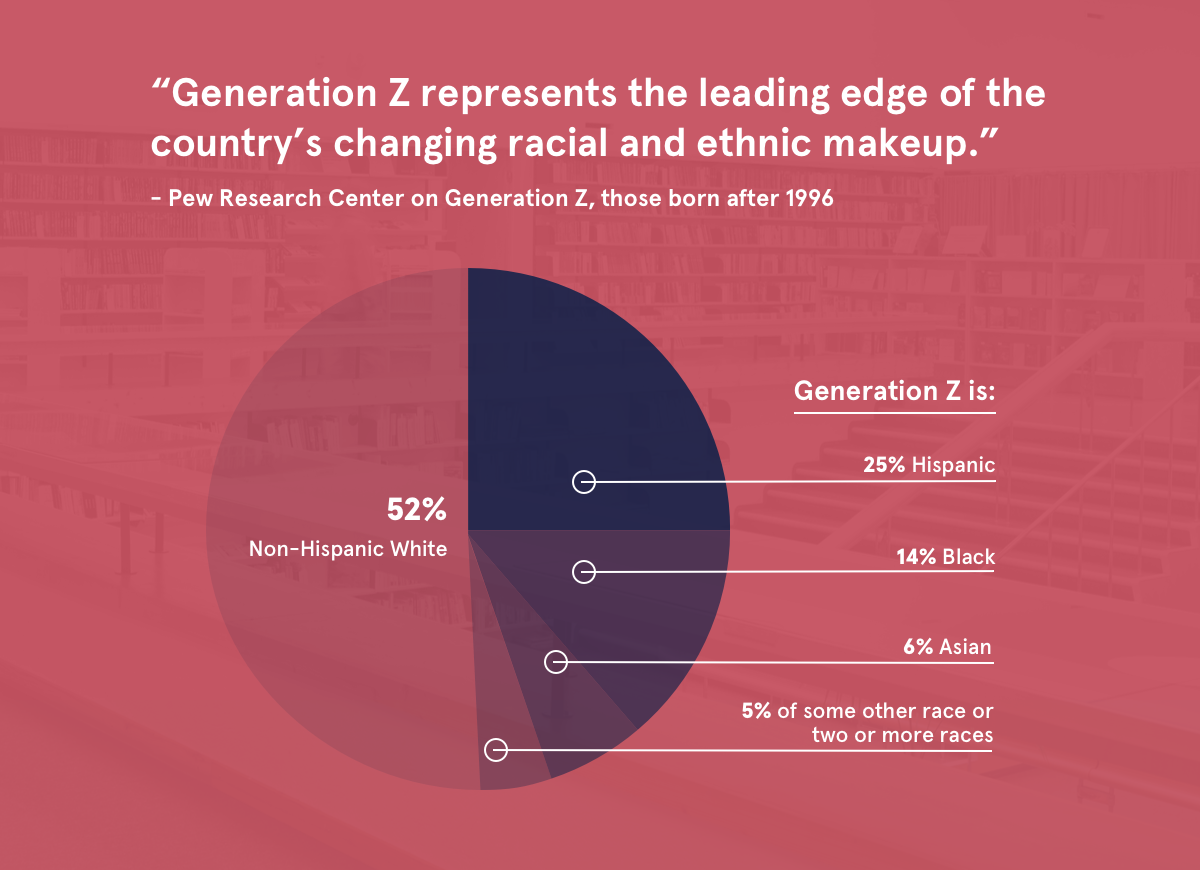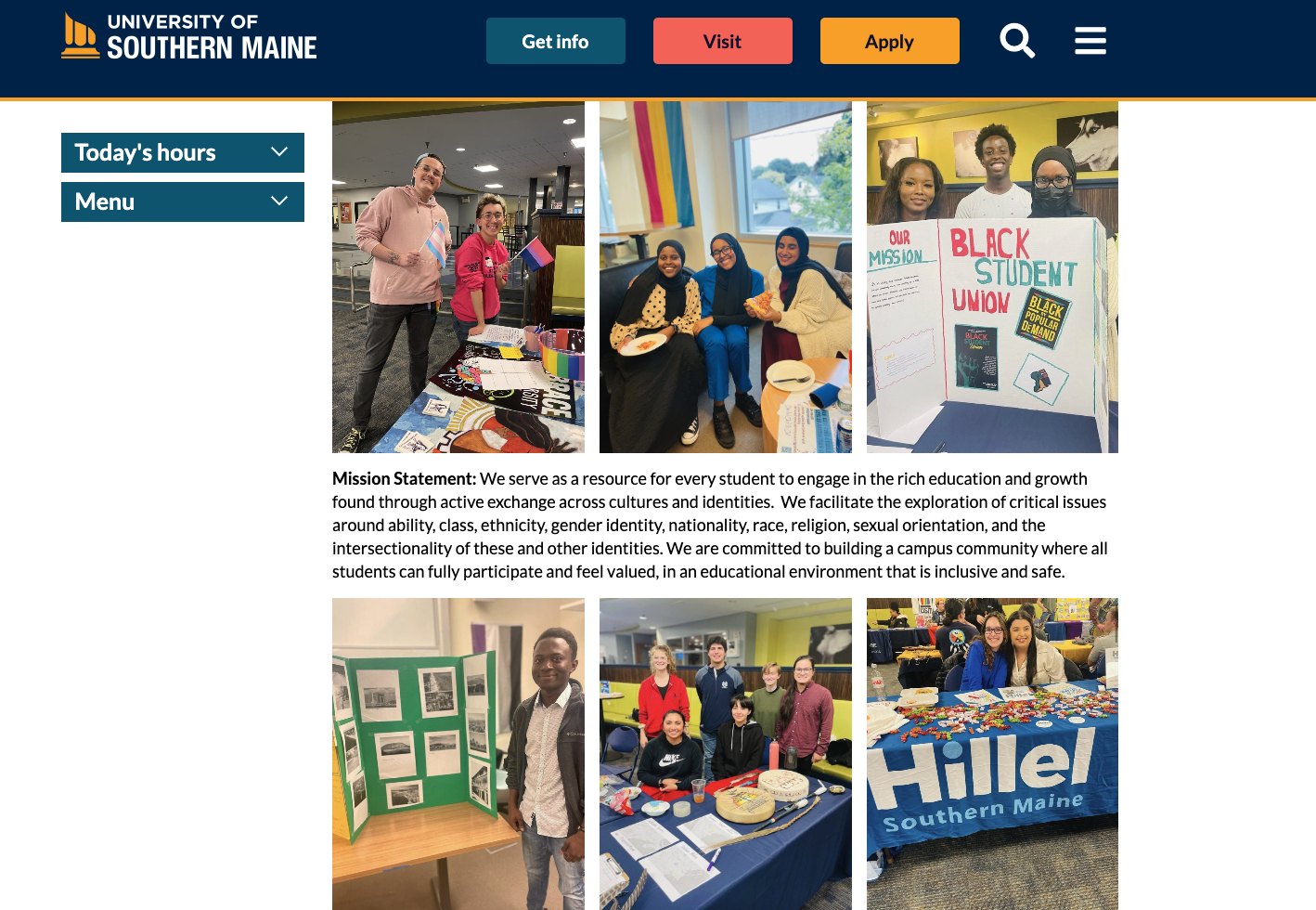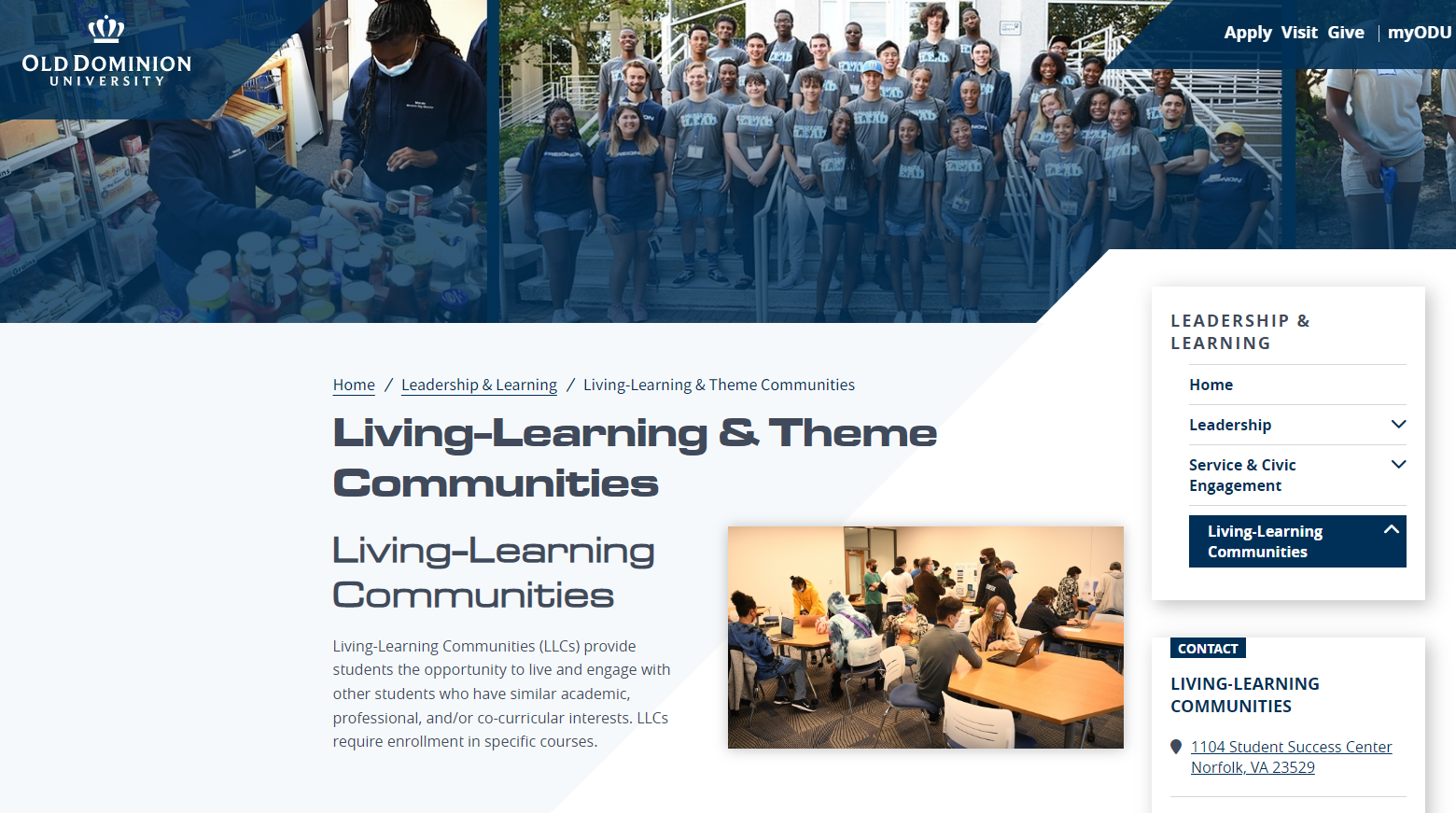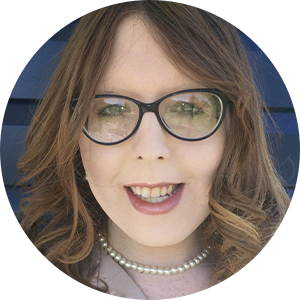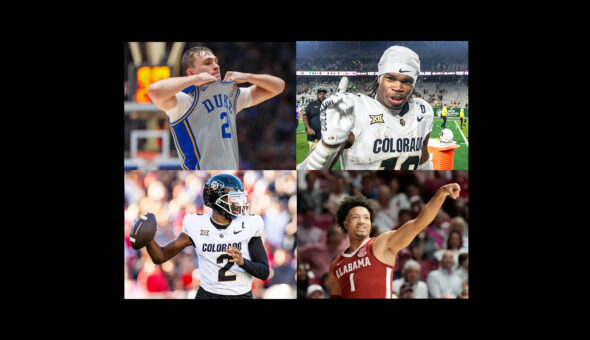Desire For Diversity
Anna Ren is an admissions consultant and founder of Elite Advantage Prep. In the past two to three years, she has noticed that there has been a growing desire among college-aged students to know whether particular campuses are diverse.
“Inclusion and social justice is a big concern with this new generation,” said Ren “A lot of my students are much more involved in those types of issues.”
Jennifer Gayles, the director of admission and inclusive outreach at Sarah Lawrence College, has observed the same desire by students.
“Throughout the entire process we see that there is a student interest in diversity, equity and inclusion,” said Gayles.
As part of her role, she makes sure her staff has the language and information they need to talk about DEI issues when recruiting diverse students. Out of the New York-based private liberal arts college’s 1,377 undergraduate students, 25% are of color, and 14% are international.
As Old Dominion University’s assistant vice president for enrollment and executive director of admissions, Christopher Fleming has experienced the same phenomenon. The Virginia-based public institution’s current enrollment is 23,494—600 of which are international students. Underrepresented ethnic groups account for 38% of the university’s student population.
“Students are very cognizant about what they’re looking for in a college education experience; I think diversity is one of those,” said Fleming. “They really want to see a higher ed environment that looks like them, that resembles some of the values they’ve been brought up with.”
Fleming explained that a desire to know about campus diversity often comes down to a desire to belong.
“How can you belong if you don’t really see someone like you…that isn’t from a similar background?” he asked. “Those are many of the things that contribute to students selecting a college or university but also their retention and progression towards graduation.”
Meaghan Arena, vice president for enrollment management, marketing, and student retention at the University of Southern Maine, noted that the prospective students she deals with daily “want to see themselves on campus.”
Her admissions advisors are often asked directly by students and their families about whether the campus is “welcoming and inclusive.” The question, Arena noted, “makes a lot of sense because they tend to be more successful when they feel welcome and included and a part of an institution.”
Elton Lin, CEO of the college admissions consulting and counseling firm Ilumin Education, said, “I think students on a very basic, existential level are just asking: ‘Are there students like me?’ Whether that is ethnic background or interest. They can find those communities online and being able to find those communities on campus is increasingly more important for students.”
Jennifer Jessie, a college admissions consultant who goes by Jenn The Tutor, agreed.
“For Black students/Latinx students, they aren’t just looking for diversity, they’re looking for people that look like them,” said Jessie. “For African American students, they aren’t just looking at Black students, they’re looking at how many students are descended from slaves and how many students are immigrants. Latinx students are looking for students from their particular region.”
Lin pointed out that apps like ZeeMee, a platform that connects prospective students at a particular school with similar interests, can help affirmatively answer the question that there are other students like them.

